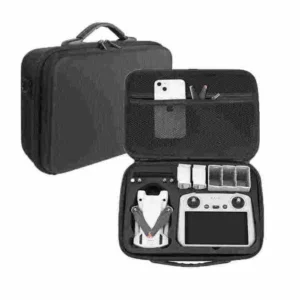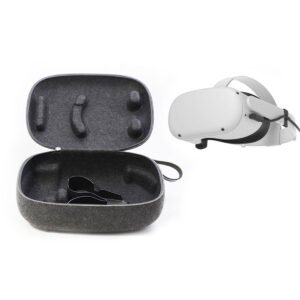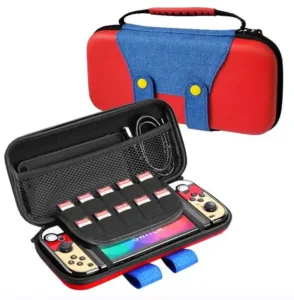How EVA Cases Are Made: 4 Common Processing Methods
EVA (Ethylene Vinyl Acetate) is a widely used polymer known for its flexibility, durability, and easy processability. It plays a key role in manufacturing custom protective packaging such as EVA cases, foam inserts, insoles, and more.
Depending on the product type, EVA can be processed using various forming techniques. Below, we’ll introduce four common EVA processing methods used in the packaging and consumer goods industries: extrusion, injection molding, calendering, and hot pressing.
1. Extrusion Molding (EVA Sheets, Tubes, Profiles)
Extrusion is one of the most common methods used to process EVA materials. In this method, EVA pellets are melted and pushed through an extrusion machine to form continuous shapes like sheets, tubes, or profiles.
Benefits:
High production efficiency
Cost-effective for large-scale manufacturing
Suitable for flat or simple geometric shapes
Applications: EVA foam boards, pipes, floor mats, and padding layers
2. Injection Molding (EVA Parts & Shoe Soles)
Injection molding involves melting EVA and injecting it into a mold cavity, where it cools and solidifies into the desired shape. This method is ideal for creating complex, 3D EVA parts.
Benefits:
Suitable for detailed, high-precision shapes
Fast production cycle
Consistent product quality
Applications: EVA shoe soles, molded parts, technical components
3. Calendering (EVA Films & Packaging Sheets)
Calendering involves continuously pressing molten EVA through rollers to create thin sheets or films. These are then cooled and trimmed for use.
Benefits:
High-speed production
Good surface uniformity
Ideal for flexible packaging solutions
Applications: EVA films, insulation layers, packaging membranes
4. Hot Pressing (EVA Cases & Foam Molding)
Hot pressing is widely used in the production of custom EVA cases. It involves placing pre-formed EVA sheets into a mold, applying heat and pressure, and allowing the material to take shape and cure.
Benefits:
High forming accuracy
Smooth surface finish
Ideal for semi-rigid and protective packaging
Applications: EVA storage cases, foam inserts, insoles, protective shells
Choosing the Right EVA Processing Method
Each processing method suits different product types. For example:
Hot pressing is best for EVA carrying cases and custom foam inserts.
Injection molding is ideal for detailed parts like shoe components.
Calendering works well for thin film packaging.
Extrusion is used for EVA sheets and tubes in bulk production.
At GAODA, we help clients choose the right processing method based on the product design, application, and cost-efficiency. Our production facilities in Shenzhen and Vietnam support multiple EVA forming technologies with precision CNC tooling and rapid prototyping services.
Ready to upgrade your packaging with a professional EVA tool case?
Contact our team today – we’ll design it for your tools, your brand, your market.





